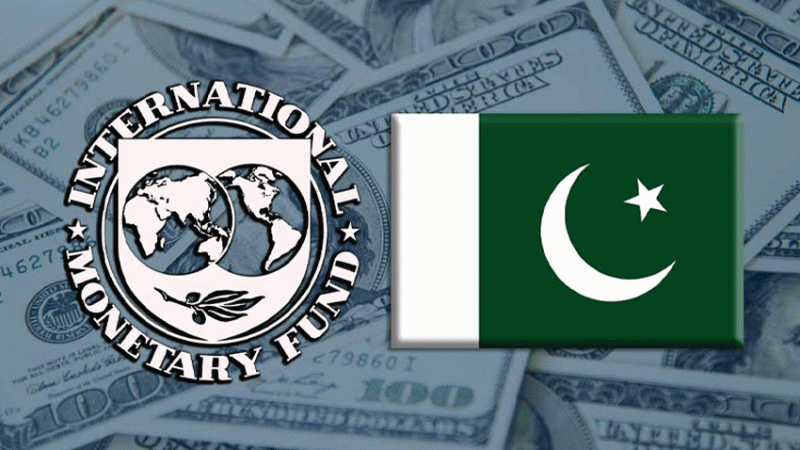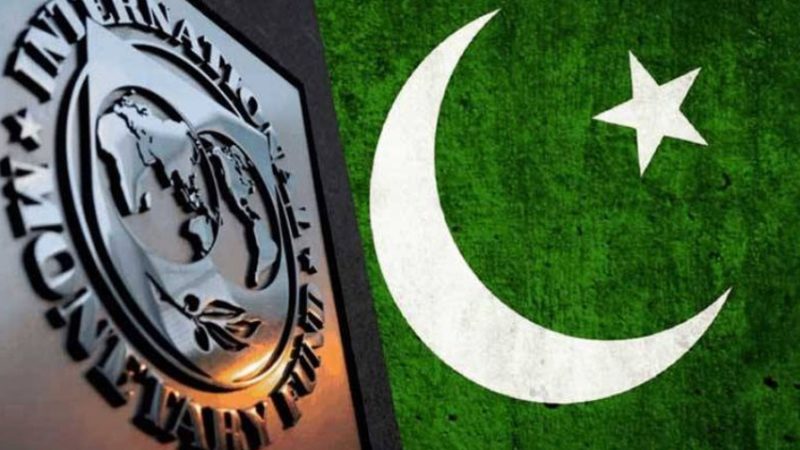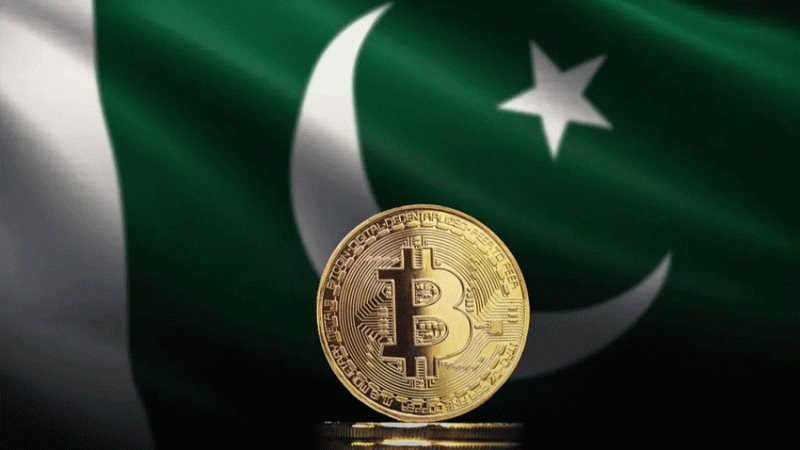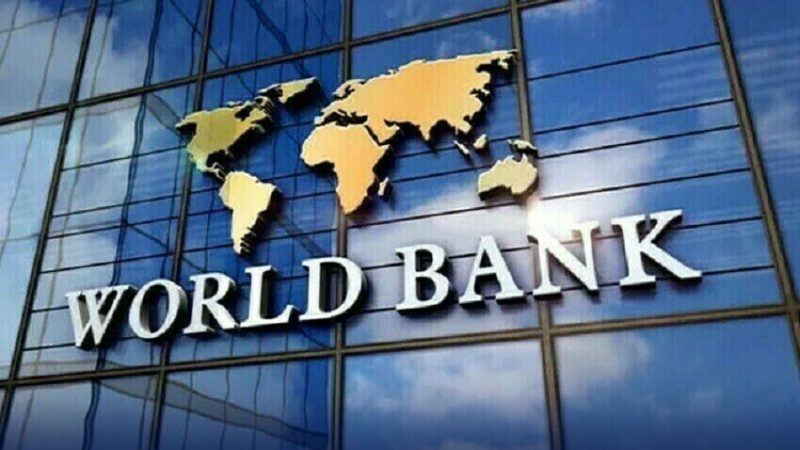Pakistan’s foreign exchange reserves jump to 53-month high

The State Bank and commercial banks held foreign exchange reserves of over $23.5 billion for the first time in 53 months.
The last time Pakistan’s total foreign exchange reserves were at this level was on November 25, 2016.
Meanwhile, foreign reserves held by the State Bank alone stood at a four-year high at $16.43 billion for the week ended April 23. During the week, State Bank reserves increased by $384 million. Commercial banks held $7.1 billion.
The State Bank shared the foreign exchange reserves data by a week’s delay.
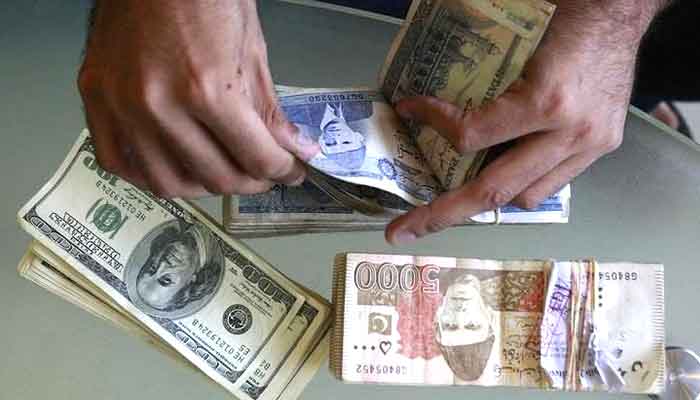
The State Bank’s foreign exchange reserves have been at a comfortable level since April when it received $2.5 billion in proceeds from the issuance of Pakistan Euro Bonds.
Pakistan’s depleting dollar reserves were one of the main challenges for the PTI when it came to power in 2018. Within its first six months, the PTI government saw dollar reserves down to a level that was barely enough to pay for two months of imports.
In order to be in the comfort zone, it is recommended that Pakistan has enough reserves to cover at least three months of import payments. However, Pakistan fell short when its reserves slipped below $6 billion in 2019 and it was on the verge of a sovereign default.
To tackle this challenge, Prime Minister Imran Khan’s government signed a $6 billion bailout with the International Monetary Fund (IMF), which was a topic of national debate. Since the agreement with the IMF, the country has secured funding from multilateral donors such as the World Bank and Asian Development Bank, which helped build its reserves.
Higher foreign exchange reserves also stabilize the dollar rate and a persistent increase in reserves tends to bring the dollar rate down in the country, which means the rupee becomes stronger.
The dollar rate, on the basis of which Pakistan trades with the rest of the world, also affects the prices of consumer goods or inflation in the country. The increasing value of the dollar in the country increases inflation, while decreasing the dollar rate tends to lower inflation.
At the moment, the foreign exchange reserves are at a level where the country can cover at least three months of import bills.


